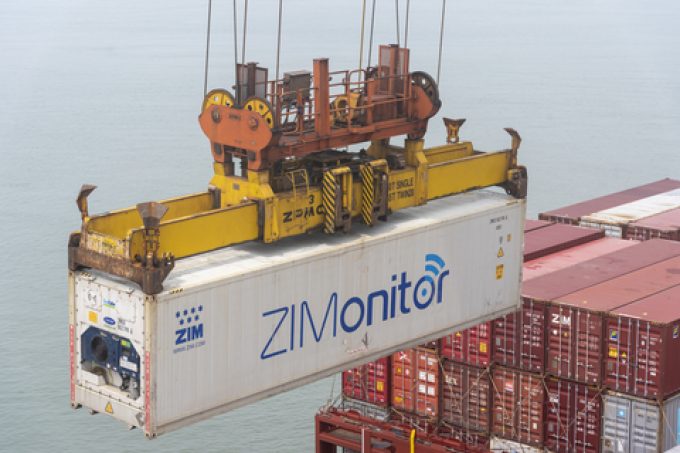Making landfall: Antwerp-Bruges H1 25 box volumes tell a congested story
…and don’t forget Rotterdam

Israeli container carrier Zim today reported a full-year 2023 net loss of $2.69bn, including a $2.06bn non-cash impairment, and a net loss of $147m for the fourth quarter, prompting a 15% decline in its share price.
These results compared with a full-year profit of $4.63bn in ...

Comment on this article